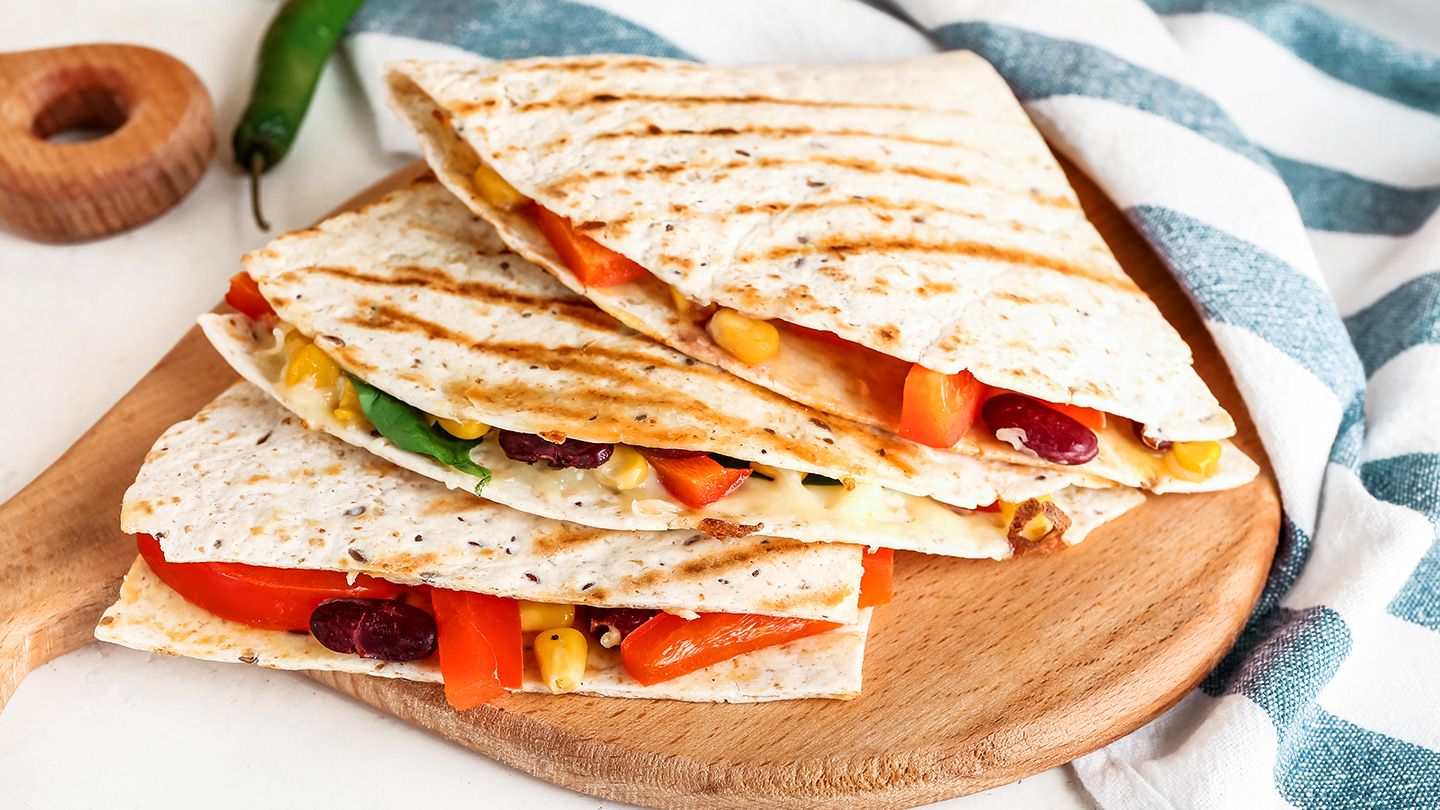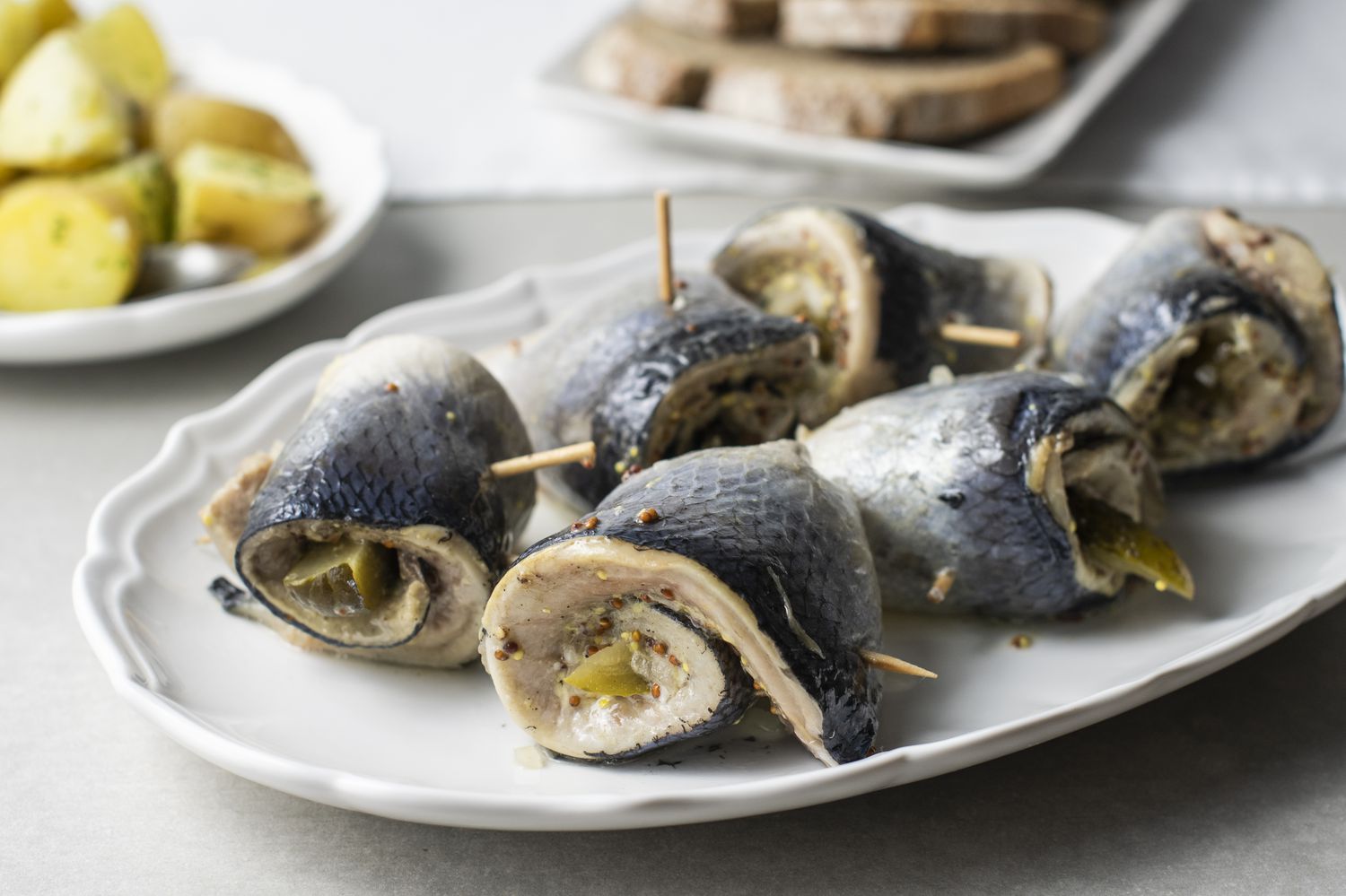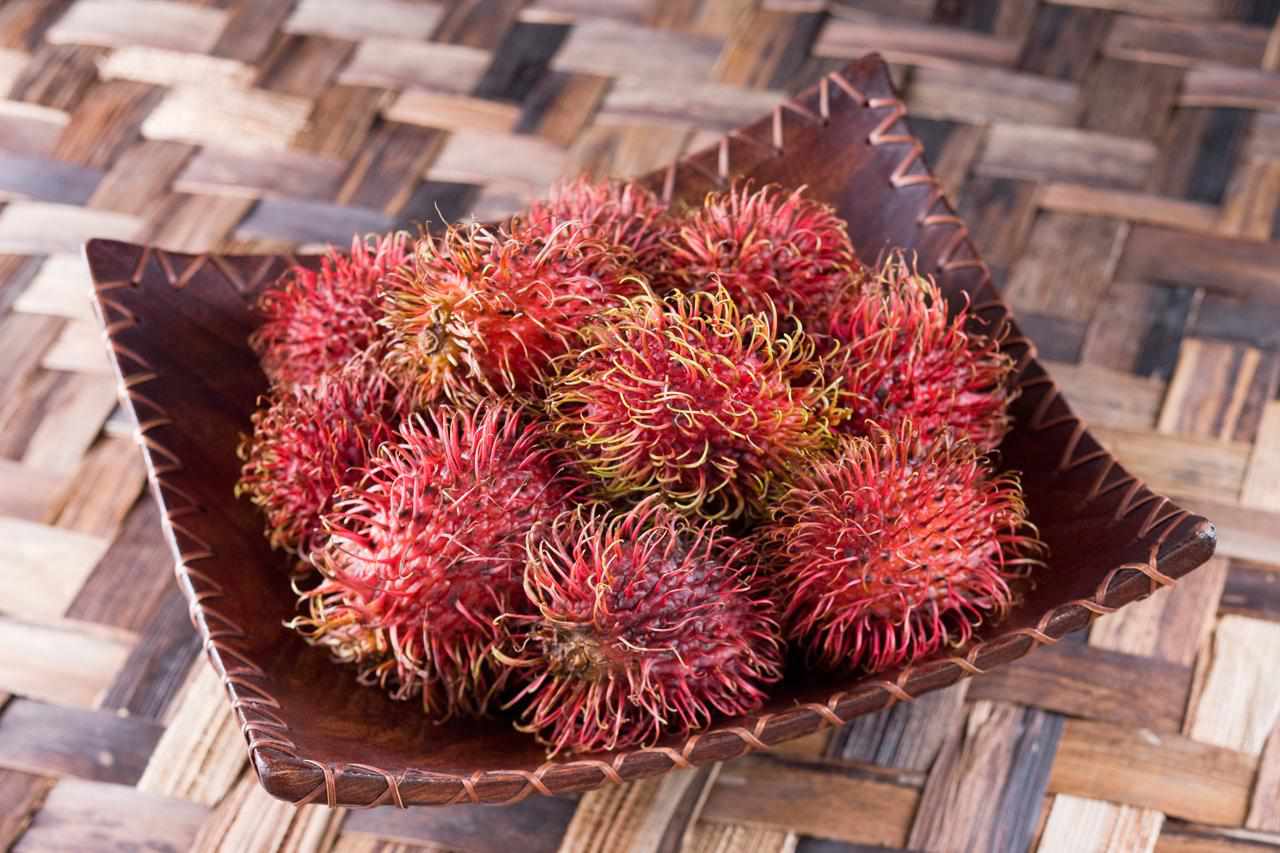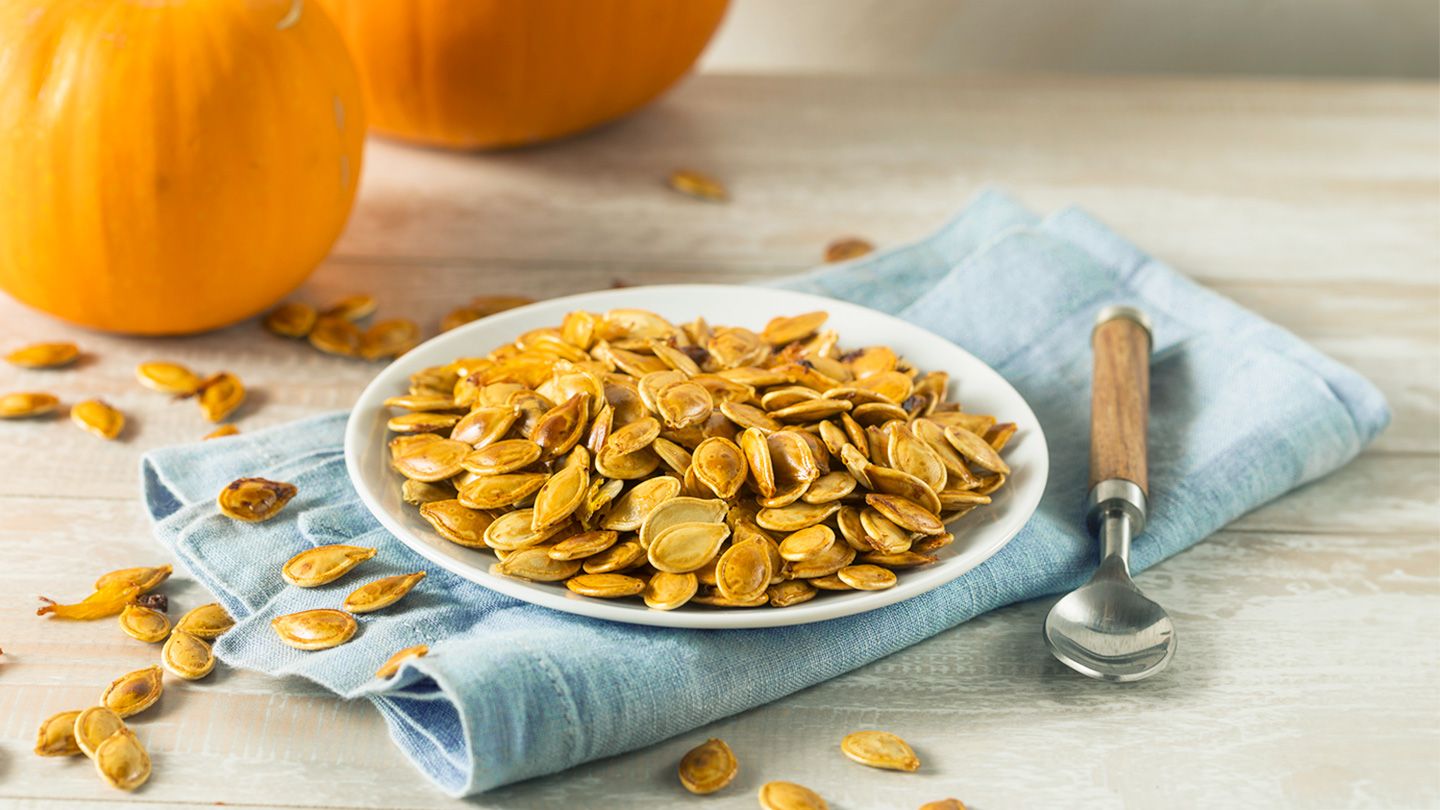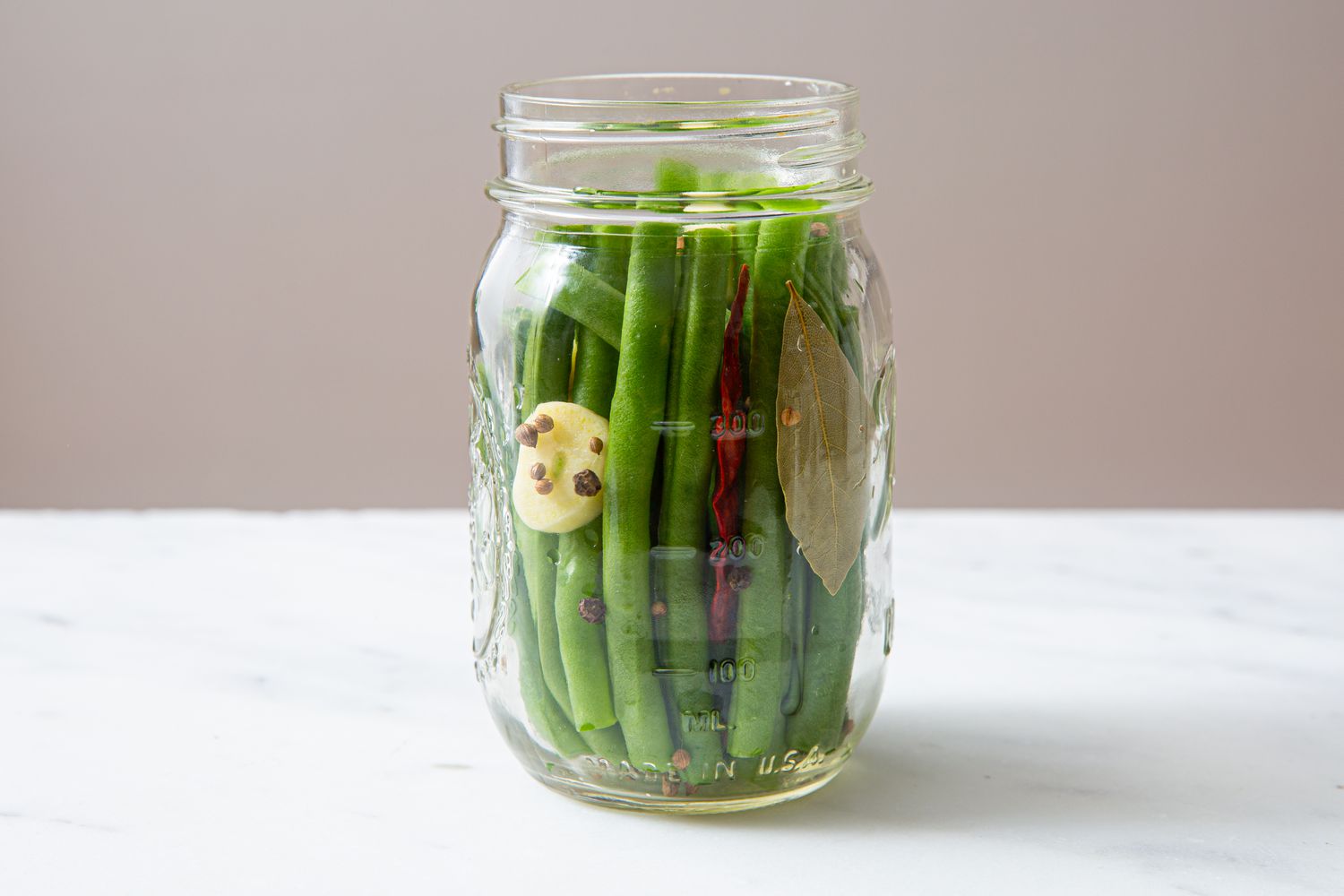What is Shokupan?
Shokupan is a popular Japanese bread that is known for its soft and fluffy texture. It is often used for making sandwiches or enjoyed on its own as a snack. The bread is made using a special technique that results in a fine and even texture, making it a favorite among bread enthusiasts.
Ways to Enjoy Shokupan
There are several delicious ways to enjoy shokupan. Here are some ideas to make the most of this delectable bread:
- Toast it: One of the simplest and most satisfying ways to enjoy shokupan is by toasting it. The heat brings out the bread’s natural sweetness and creates a delightful crunch on the outside while keeping the inside soft and pillowy.
- Make a sandwich: Shokupan is perfect for creating a variety of sandwiches. Whether you prefer a classic ham and cheese or a more adventurous combination of ingredients, the soft texture of shokupan provides the perfect base for your favorite fillings.
- French toast: Transform your shokupan into a decadent breakfast or brunch dish by using it to make French toast. The bread’s absorbent nature allows it to soak up the egg mixture, resulting in a rich and indulgent treat.
- Use it for dipping: Shokupan’s soft texture makes it an ideal companion for dips and spreads. Whether you’re enjoying it with olive oil and balsamic vinegar or using it to scoop up creamy hummus, shokupan adds a delightful touch to any dip.
Pairing Shokupan with Other Foods
Shokupan can be paired with a wide range of foods to create satisfying and delicious meals. Here are some ideas for pairing shokupan with other foods:
- Soup: Serve shokupan alongside a warm bowl of soup for a comforting and filling meal. The bread’s soft texture is perfect for dipping into the soup, making it a delightful addition to any soup-based dish.
- Cheese and charcuterie: Create a beautiful cheese and charcuterie board featuring shokupan as a delightful accompaniment. The bread’s neutral flavor and soft texture provide the perfect canvas for showcasing an array of cheeses and cured meats.
- Fruit and jam: Enjoy shokupan with a selection of fresh fruits and flavorful jams for a light and refreshing snack or dessert. The bread’s softness complements the sweetness of the fruits and jams, creating a delightful combination of flavors and textures.
Conclusion
Shokupan is a versatile and delicious bread that can be enjoyed in a variety of ways. Whether you prefer it toasted, as part of a sandwich, or paired with other foods, shokupan’s soft and fluffy texture makes it a delightful addition to any meal or snack. Be sure to explore the many ways to enjoy shokupan and discover your favorite way to savor this beloved Japanese bread.

